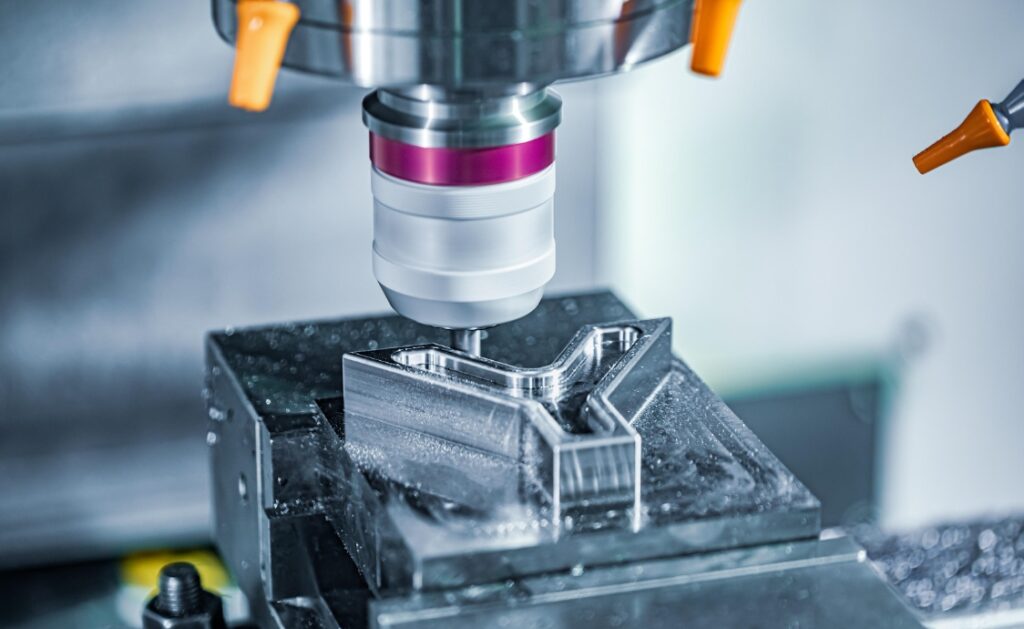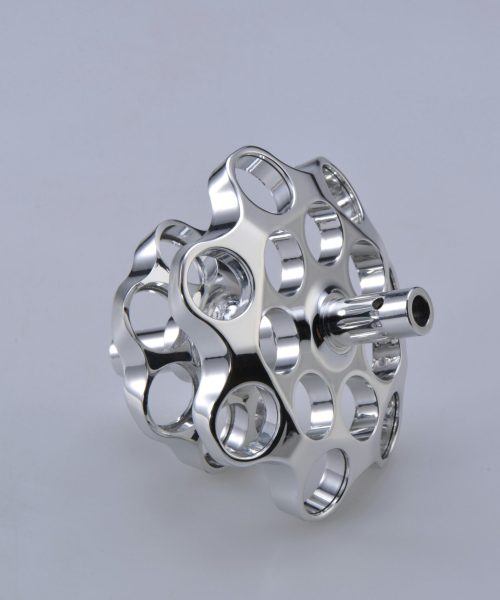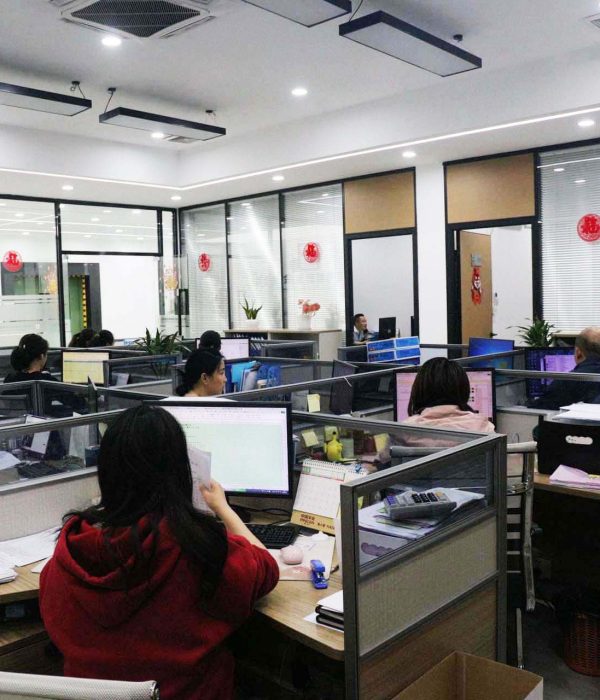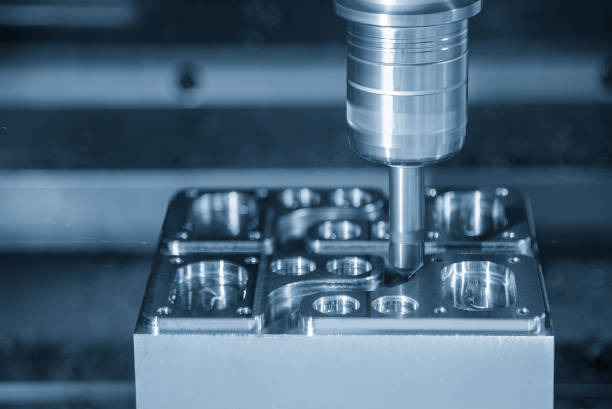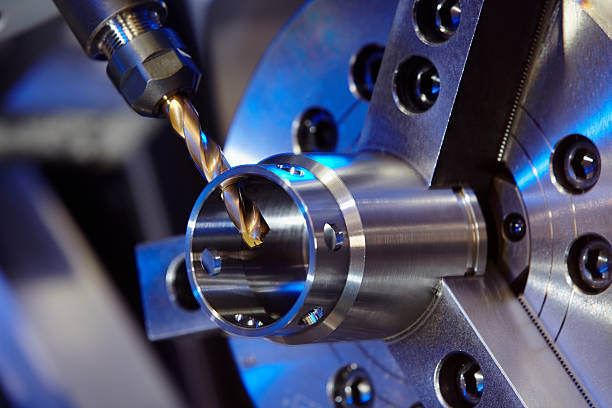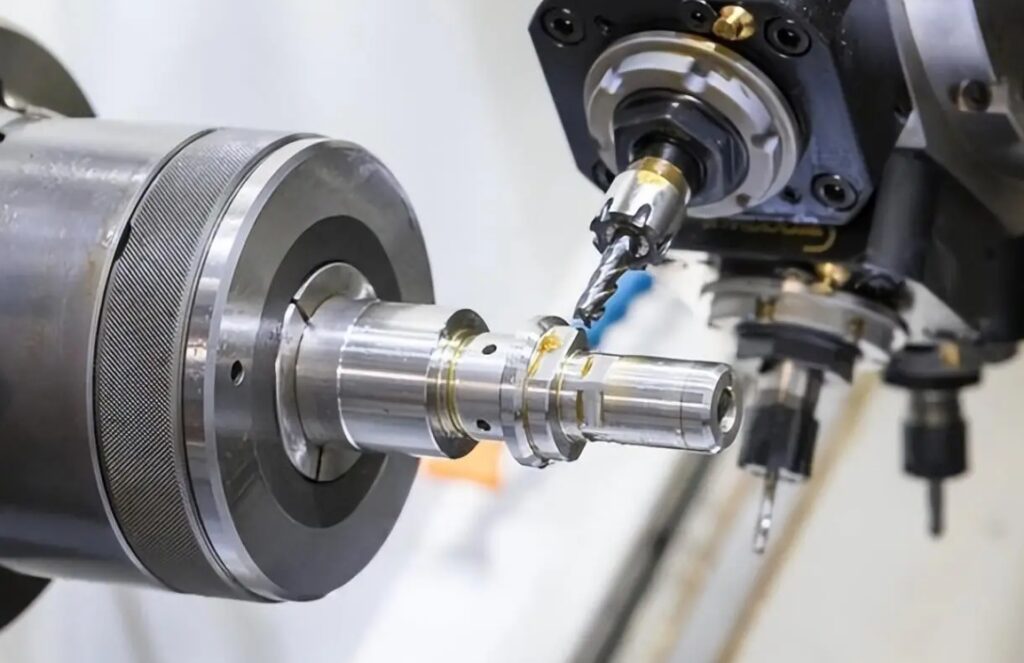Have you ever wondered how those intricate mechanical parts are made? If you’re just getting started with CNC (Computer Numerical Control) machining, the process might seem a bit complex and mysterious. But don’t worry! Let’s break down each step in simple and understandable language so you can grasp the essentials of CNC machining.
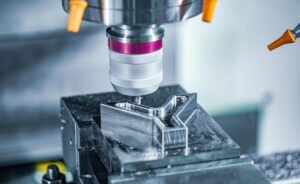
What is CNC Machining?
CNC machining is a method of precision manufacturing that uses computer-controlled machine tools. Unlike traditional manual operations, CNC machines follow a computer program to cut, drill, mill, and perform other operations along predefined paths. This allows them to quickly and accurately create parts of various shapes. The biggest advantage of this method is its high degree of automation and precision, making it a staple in modern manufacturing.
Advantages of CNC Machining
CNC part machining is incredibly popular in modern manufacturing because it offers numerous advantages:
High Precision: CNC machines can achieve very high accuracy, typically within micron-level tolerances. This is crucial for industries that require precise parts, such as aerospace and medical devices, where strict dimensional and tolerance requirements must be met.
Repeatability: CNC machines can consistently produce parts of the same quality, regardless of the time or conditions. This repeatability greatly improves production efficiency. For mass production, CNC machining not only ensures consistency but also significantly reduces production costs.
Flexibility: CNC machines can manufacture almost anything you can design, from simple geometric shapes to complex curves. This flexibility is particularly beneficial for creating parts with intricate structures that are difficult to produce using traditional methods.
Automation: CNC machines can achieve a highly automated machining process, significantly reducing the need for manual operation. This lowers labor costs and minimizes the risk of human error, enhancing both production efficiency and product quality.
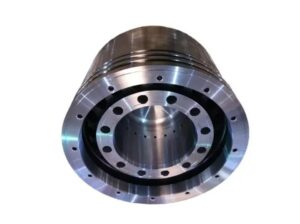
Basic Process of CNC Machining
1. Design Phase: From Idea to Blueprint
Every CNC machining project begins with a design. You might start by sketching out the general shape of the part in your mind. Then, using CAD (Computer-Aided Design) software, you transform this idea into a digital model. These software tools are incredibly powerful, allowing you to create complex 3D designs and ensure that every detail is flawless. During the design phase, you must consider the functional requirements of the part, the characteristics of the material, and the feasibility of machining. This phase combines creativity and technical expertise, requiring a good imagination and solid professional knowledge.
2. Programming Phase: Translating Blueprints into Language
Once the design is complete, the 3D model needs to be converted into a language that CNC machines can understand. This is usually done using CAM (Computer-Aided Manufacturing) software, which generates the corresponding G-code based on the model. These codes are like recipes for CNC machines, instructing them on how to move, where to cut, and which tools to use. Writing G-code requires technical knowledge and programming skills, as well as considering various machining possibilities, such as optimizing tool paths and adjusting cutting speeds.
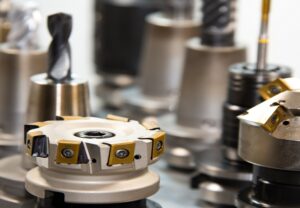
3. Preparation Phase: Selection of Tools and Materials
Before starting the machining process, you need to choose the right materials and tools. The choice of material affects the final quality and cost of the part. Common materials include aluminum alloy, stainless steel, and plastic. The choice of tools is also crucial, depending on the type of material and the shape to be processed. Additionally, the machine must be adjusted and calibrated to ensure stable operation during machining. Proper preparation is key to a smooth machining process.
4. Machining Phase: Watching the Magic Happen
With everything in place, the real magic begins. Secure the material on the CNC machine’s worktable, input the programmed G-code, and start the machine. You will see the CNC machine’s tools move along the preset paths, gradually cutting the material into the desired shape. This process can take anywhere from a few minutes to several hours, depending on the complexity of the part. During machining, operators need to closely monitor the machine’s operation and adjust the machining parameters as needed to handle any potential issues.
5. Post-Processing Phase: Refining Every Detail
After machining, the part often requires additional post-processing. For example, if the part’s surface needs to be particularly smooth, it may need polishing. If parts need to be assembled, additional drilling or tapping may be required. Other post-processing steps may include surface coating, rust prevention, or other treatments to improve the part’s durability and aesthetics. Post-processing is a key step in ensuring part quality and functionality and must not be overlooked.
Common Challenges in CNC Machining
Although CNC machining offers many advantages, it is not without challenges. Here are some common issues that may arise during the CNC machining process:
Material Selection: Different materials have different machining characteristics. For example, hard materials can cause tools to wear out quickly, while soft materials are prone to deformation during machining. Therefore, choosing the right material is crucial for successful CNC machining.
Tool Wear: Even the hardest tools will wear out after a period of use. Tool wear affects the surface quality and machining accuracy of the parts, so it’s important to regularly inspect and replace tools to maintain machining quality.
Programming Complexity: Writing G-code can be quite complex for some intricate parts. This requires technicians to have in-depth programming knowledge and experience to optimize tool paths and ensure smooth machining.
Machine Calibration: The accuracy of CNC machines depends on good calibration. Machines may lose accuracy after prolonged use, so regular calibration and maintenance are necessary to ensure their stability and precision.
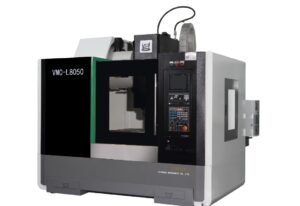
Future Outlook of CNC Machining
With the continuous advancement of technology, CNC machining is constantly evolving. In the future, CNC machining will become more intelligent and automated. For instance, artificial intelligence and machine learning can help optimize machining parameters, improving efficiency and quality. Additionally, the application of IoT technology will make CNC machines smarter, capable of real-time monitoring and adjusting the machining process, further enhancing production efficiency and product quality.
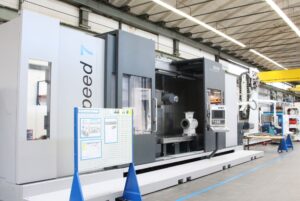
Summary
CNC part machining may sound complex, but its core principles are straightforward. From design to programming, machining to post-processing, every step is interconnected to ensure the quality and precision of the final product. Understanding each step and the potential challenges of CNC machining will help you master this modern manufacturing technology.
We hope this article has provided you with a clearer understanding of the CNC machining process and boosted your confidence in exploring and applying this advanced technology. If you have more questions or want to learn more about CNC part machining, feel free to contact us! Whether you are a beginner or a seasoned professional, we are always happy to share more knowledge and experience. The world of CNC machining is vast, and we look forward to exploring this field full of possibilities with you.

